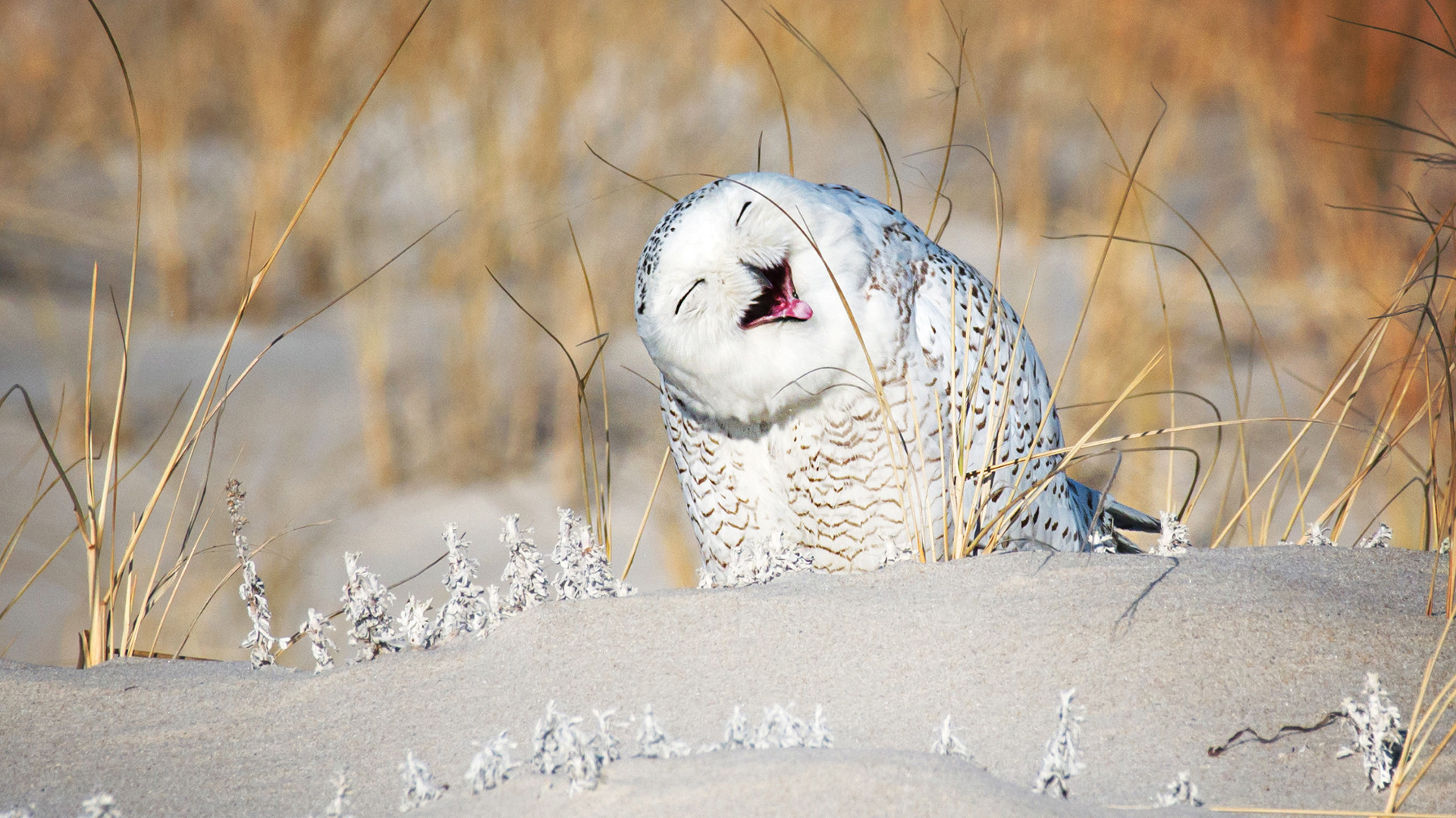
Diversity of Animals
In nature, animals are thought to be in a completely passive state of existence. They exist in their natural habitats, move only as needed, reproduce through a process of natural selection, and die when their time comes. In this very abstract and generalized way, one could think of animals as being “in the zone.” But how do we know animals are in the zone? How do we know what they need and how best to provide it? This is a question that science has yet to answer satisfactorily, but in order to understand the workings of nature, it must make some attempts to get closer to nature itself.
In nature, animals possess many basic qualities. These include self-awareness, self-hating, self-direction, self-preservation, self-locating, the ability to sense their environment, and the ability to survive. Animals also have a variety of specialized sensory organs that allow them to perceive their environment, including both visual and asexual reproduction, temperature and humidity, head-direction, body position, tail shape, balance, posture, and rhythm. And, of course, animals have a variety of means of communicating through sounds, body language, touch, and taste.
The classification of animals into different classes, or phylum, is an arbitrary classification that has been put together over time using certain biological and behavioral characteristics to distinguish one group from another. The classification of animals into phylum, for example, was developed by German zoologist Julius Thunes in 18 48 after crossing the Channel by boat with a group of mostly arthropods. At the time, he thought that the word “arthropoda” referred more to a single type of animal than to any of the several classifications of animals that are now recognized.
Over the past half century or so, a number of species have been removed from this list of phylum, including the very popular mouse, which is now protected under the Convention on International Trade in Endangered Species of Wild Fauna and Flora. Other animals have seen declines in numbers, such as the Passenger Pigeon and Slaty Egret. One of the most recent additions to this list is the very popular butterfly, which has experienced a 10% decline in its numbers since the 1970’s. Butterflies are one of the easiest species to recognize and identify, which is good news for conservationists.
On the other hand, mammals are not all bad news. Although mammals have experienced declines in numbers, they have also helped to increase the diversity of animals. Several hundred new mammals have been discovered since the turn of the century. Not only do these mammals provide food, shelter, and breeding grounds for millions of animal species, but they play a key role in the balance of nature.
On this day, we celebrate the diversity of life on Earth. We can come together to celebrate the uniqueness of each species that lives on this planet and remember that without animals, there would be no diversity. Let’s take the time today to recognize each species of mammal, bird, or dragon that exists on this planet and pay our respects to all the animals that share a common bond with us. When we do, perhaps we will think twice about how we treat the animals we’ve domesticated.